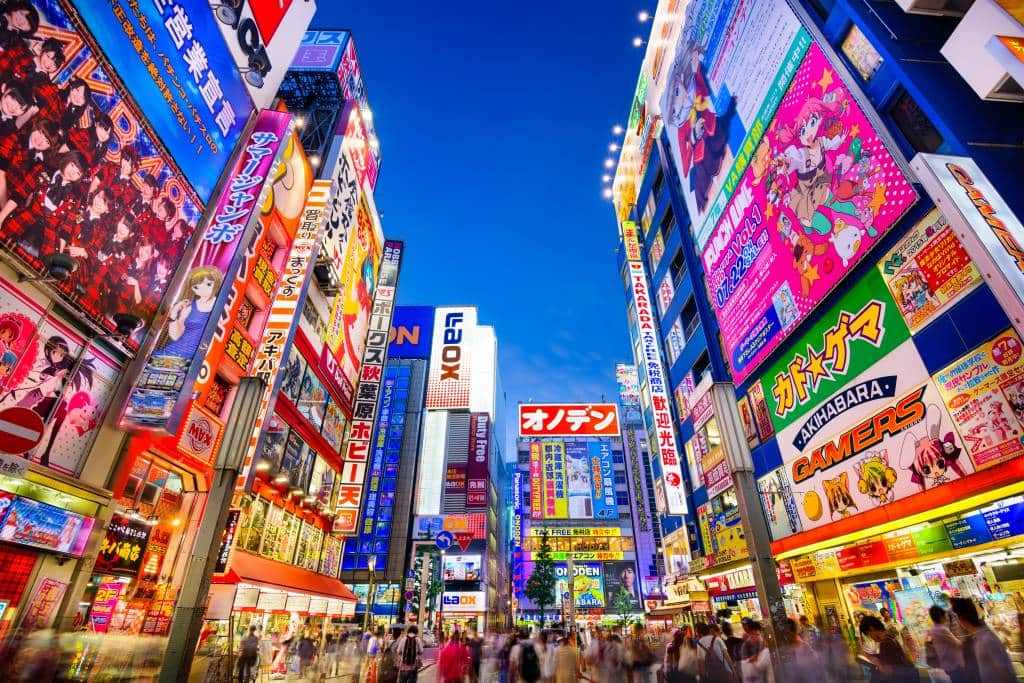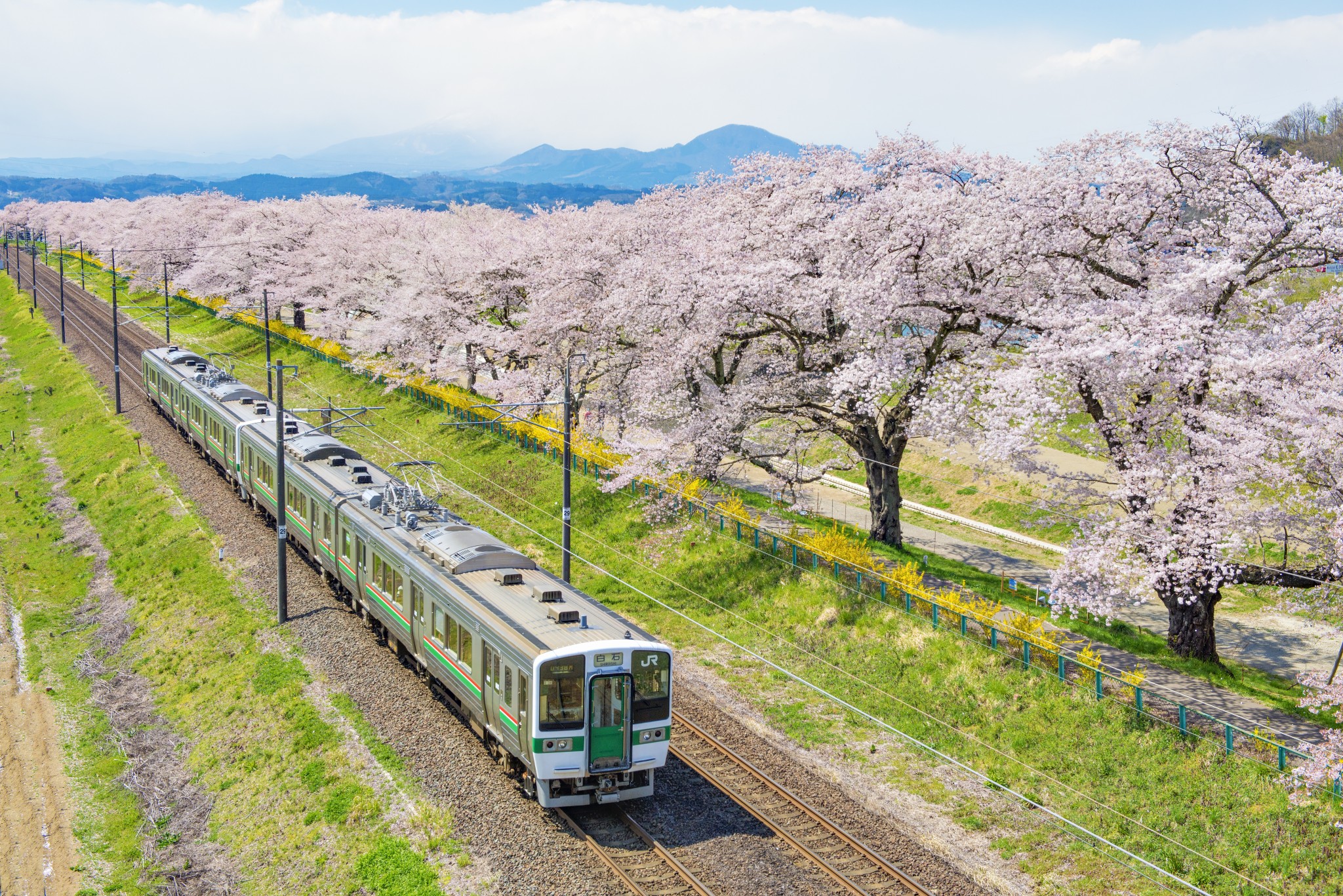Desperate Futurism: Japan. Part 4

Oba-san for several days repeatedly asked us to be his guests in Yokosuka, a small town not far from Tokyo. The Japanese host was going to show us US warships and to treat us with his hand-grown oranges. Oba-san moved to Yokosuka after his retirement.
Previously he was employed as a designer at one of the Tokyo companies producing electronic equipment. He painted logos, promotional booklets, designed anime advertisements. He had worked for the same company for over 30 years and thus earned a decent pension of about three thousand dollars. His wife Kaoru earned almost the same retirement allowance. They bought a house, planted some citrus trees, Oba-san got interested in photography. Sometimes the spouses nurse their grandson, from time to time travel abroad. Photo lonelyplanet.com
Photo lonelyplanet.com
Oba-san surprised us with his meticulousness. First, he sent a letter to the hotel mail where he described with great detail how to get to his house. It was a letter with the route calculated to the minute. Then he sent a fax message with pictures. Apparently having decided that some data may go wrong, he also forwarded to us colour printed instructions how to take train to arrive at destination on time. For transition from one subway line to another, he allocated five minutes, and after we have 30 seconds to jump into the train to go a few stations. Then we had to get out, change the station quickly and again catch the subway train. In general, for the trip he gave us a little over an hour. But Oba-san wrote everything as fit for him. We were lost in the inscriptions, hardly oriented in an unfamiliar space and dragged the heavy equipment. Already at the first transition we lost pace just half a minute... and everything went perfectly on a different schedule.
Tokyo public transport network is one of the most confusing. There the same rails are used for long-distance trains, local and subways trains. If you miscalculate a few seconds and rush into car without being very attentive, you can head wrong direction. However, the Japanese claim that everything is very convenient, if you understand it. And after got used to transfer and change trains quickly, you can easily get from one station to another in a very short period of time, what is important for the city which is home to 25 million people. To facilitate this, all transport lines have strictly fixed colours and respectively painted cars. Station names are written not only in hieroglyphs, but also in Latin and Japanese alphabets. However, it can be very crowded inside. Despite a rather short departure interval, there are so many passengers that they often have to stand. And it concerns everyone, since in Japan it is not a custom to cede a seat to women or elderly. Photo tokyocheapo.com
Photo tokyocheapo.com
Of course, we got lost in the subway and went opposite direction. But thanks to helpful Japanese we jumped out at some station and took another train. At the same time with considerable joy we discovered that all the toilets in Tokyo subway are free, immaculately clean and even well tucked with toilet paper and handkerchiefs. We arrived at Yokosuka being almost an hour late. Oba-san was very pleased that we have not got lost forever.
Read also: Series of articles "Desperate Futurism"
In the area where Oba-san led us to, all the houses are nested so close to each other that in some places a hostess could pass sugar through the window to a neighbour, or smell what neighbour put into soup. Most of the buildings resemble traditional Japanese houses, in every yard there are small vegetable gardens or rock gardens, and trees.
When entering the house, we took off our shoes and place them neatly with the toes facing the door. We were given slippers, both of 36 size. Sasha kept losing them as they slipped from his 45 sized feet. Oba-san forbade us to walk shoeless, so not to soil his tatami. Photo matteocolombo.com
Photo matteocolombo.com
The Japanese in general are obsessed with cleanliness. In this regard, the toilet and bathroom have separate slippers. So, to wash your hands, you have to leave indoor slippers before bathroom threshold, step into the bathroom, slip into the special footwear, wash hands, remove those special bathroom slippers, and switch for indoor slippers when re-entering the living area. I have to confess that several times I forgot about it, and horrified to be caught in wrong slippers, ran to switch them. Earlier, probably in jest, Oba-san warned me that if I step onto the floor of living in toilet slippers, he will tell me about hara-kiri rules.
Kaoru-san cooked for us soba with mushrooms. The house had no chairs or tables. We had meal on the floor. Sasha barely crossed his long legs to sit on them. It is improperly to recline while eating, so we had to sit on our heels. Admittedly, this reduces to discipline and makes it impossible to eat much. But in our case it was not desirable: our friends were making noises when chewing and produced loud whistling sounds slurping their spaghetti. In Japan it is believed that if you make loud sounds during the meal, thus you praise hostess for excellent cooking. At the end of the meal Oba-san’s wife brought us green tea smelling of oats and fish scales.
Friends’ house proved to be quite traditional. Large wooden columns, sloped tiled roof, thin walls. They are usually made light so that after earthquake to re-store them quickly. Typically, there is one main wall, all the rest are mobile panels of different density and texture, they are walls, doors and windows. Interior partitions in the house are portable. They are wooden frames glued on both sides with paper. They divide a house into separate premises, and if necessary, one can form a single space by altering the partitioning. Traditional floor in the house is wooden covered with tatami – dense mats woven from rice straw and covered with marsh reeds. They feel very soft and warm. At night, the Japanese just throw mattress on tatami and sleep. Oba-san claims that sleeping on the floor is good for joints and bones. And it is quite believable, looking as the family couple quickly jump up, run to the kitchen and literally flit around the garden although they are well in their 60s. Photo thriftynomads.com
Photo thriftynomads.com
There is almost no furniture in Oba-san and Kaoru’s house. Built-in cabinets coincide with texture of walls. Instead of chairs - cushions, sofas are replaced by futons. And immediately after use they are removed into the built-in niches. Unless, there is a computer chair and a table on the second floor, as well as other devices. And even then the hostess complained about too much dust on those items.
It does not feel hot in the house. It is cold in Yokosuka from November to March. And everyone resigned to the fact that in the winter it is cold and windy inside building. Residents only warm hands and feet at small electric heaters, and are content with this. But in summer it is comfortable in a traditional house. Its interior spaces are well ventilated and, as Oba-san states, it helps to get rid of bad energy.
To get recharged with good energy, Oba-san took us to the ocean. There a few Americans in uniform were already basking in the sun. Our friend told us that present-day Yokosuka is an important historical port city, hereto once sailed Americans on their black ship and demanded the right to trade, threatening the locals with war. It was time when the Japanese revolution and civil war Meiji started. Now Yokosuka is a home for a huge American military base. And local children often run there to take a look at the tall and slender fair-haired men.
When we were going to hit the road, Oba-san gave us some oranges and our portraits. On his portraits we looked a little "Japanese."
Cover photo shotstash.com





















